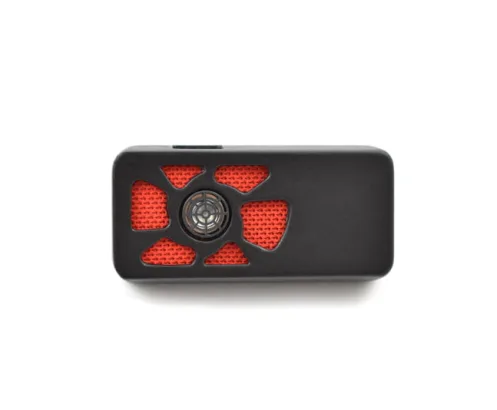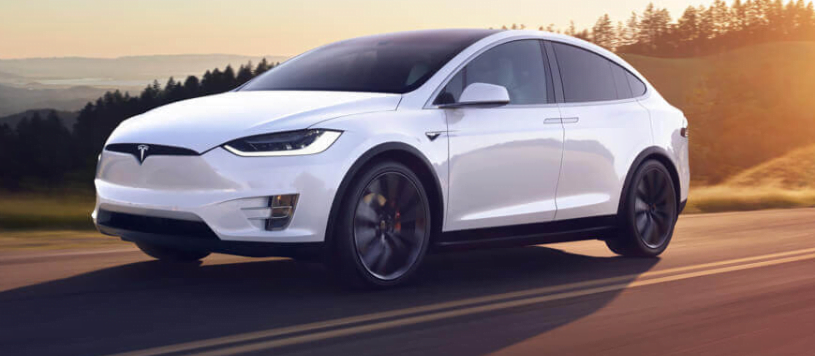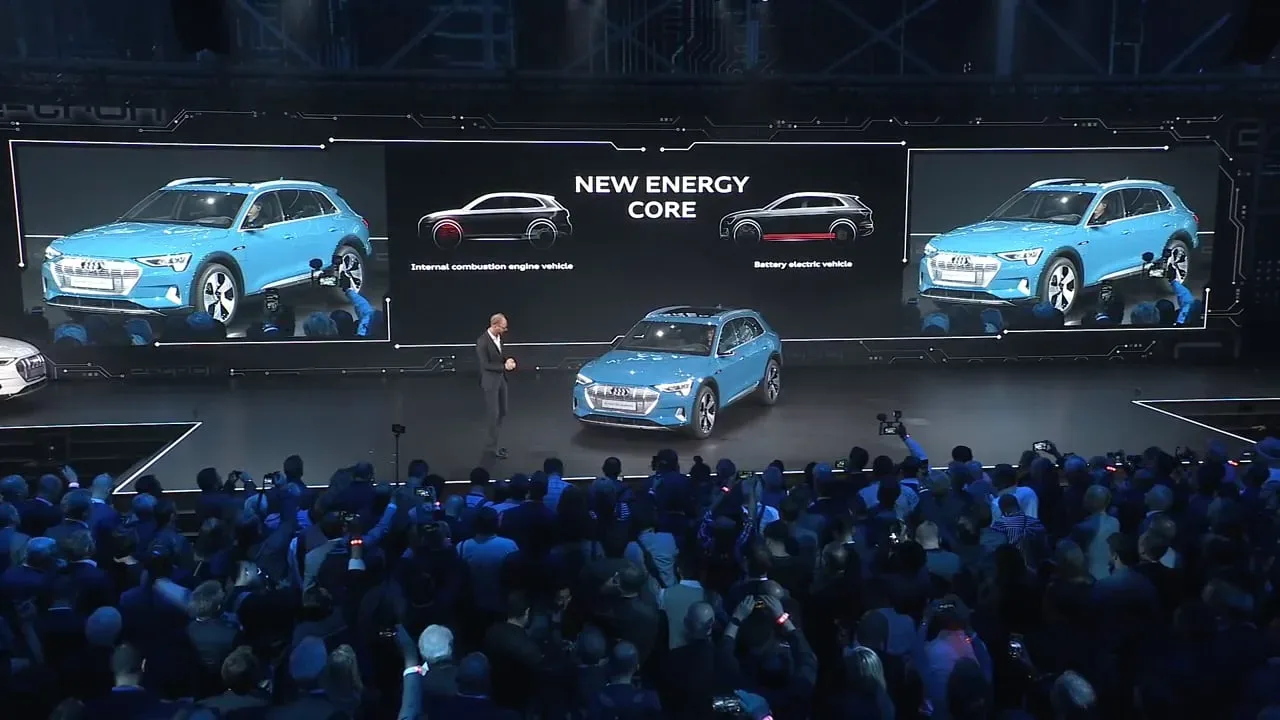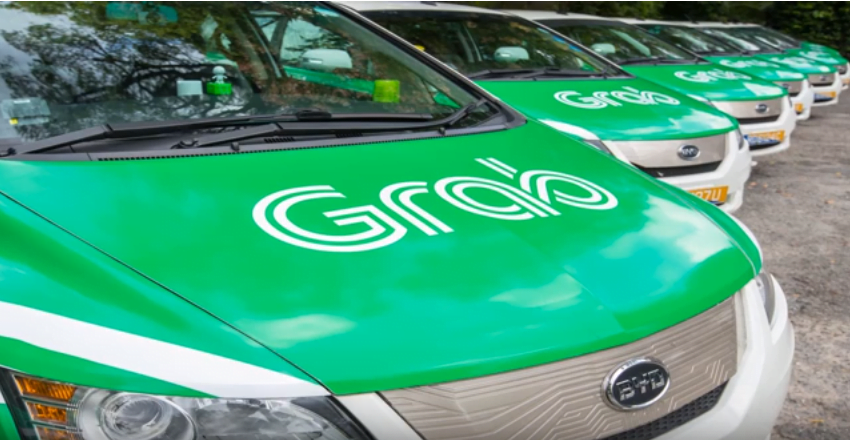With the advent of “driverless” AI-assisted cars, the need for accurate sensors has grown tenfold. Sensors act as the eyes of a car. Because lives are on the line, this technology has to be fool-proof. 3D-sensing cameras and laser-based sensors can do the job, but Toposens, a German startup, has a different approach in mind.
Toposens has unveiled 3D ultrasound sensors that use ultrasound technology to map their surroundings. The ultrasound sensors are relatively cheap, and this is the world’s first ultrasound sensor, believe it or not.
These sensors are inspired by nature, and specifically by bats, which use ultrasound waves to map their environment. Bats (which are blind) are able to “see” by sending out these waves and maneuver around obstacles based on the echoes that bounce back to them.
TS Alpha, the name of Toposens’ prototype, is now available for testing purposes. The sensor comes in a rugged, waterproof casing to ensure harsh weather doesn’t affect its utility.
Ultrasound waves are less likely to be affected by weather and environmental conditions like smog, bad lighting, and rain. Most other types of sensors are vulnerable to these, so this is a huge plus for Toposens new tech.
The sensors have many real-world applications. For example, they can be used for near-field collision avoidance and sensing for autonomous cars and can detect obstacles within 5 meters. They can also help with automatic parking and area mapping.
The sensors have applications in robotics as well. AI robots such as the Roomba vacuum cleaner will be able to detect even the smallest of objects to prevent interference. The three-dimensional vision zone makes collision avoidance a thing of the past.
The tech will provide full ROS (Robot Operating System) compatibility for its TS ALPHA sensor. The interface lets users customize the system for their individual robotic devices, making integration and programming a much simpler task.
The company is currently sending out its sensors for testing purposes to collect real-world data so the final product will be as safe and accurate as possible.
The small size of the sensors opens up a world of possibilities for their implementation, especially for home applications. Microwaves, refrigerators, and even TVs can all use this technology to their advantage.
Although the opportunities are endless, Toposens wants to focus on the most practical applications first. It makes sense to make sure the sensors are as accurate as possible and applicable to home devices before using them in higher-stakes technology like autonomous vehicles.







Share Your Thoughts